The abortion issue is very complex, possessing many dimensions: personal, legislative, judicial, religious and scientific. There is, however, one central debate around which every other point revolves – the status of the unborn child. Is it human? Is it alive? And, most importantly, is it a person?
Science: When Does Life Begin?
Pro-abortion activists will often claim that there’s no consensus among scientists on when life begins. But this is far from the truth. Indeed, the science shows that the beginning of human life is conception (when sperm and egg meet to form a fertilized egg), when a new human is created. The American College of Pediatricians hold this view, as do 96% of biologists in a 2021 study and most public health and IVF professionals. Through simple observation, we can conclude that life does indeed start at conception, when a unique molecular composition is formed that is distinct from both mother and father. Already, many characteristics of the unborn child are determined.
To be clear, “conception” traditionally used to refer to the moment of fertilization. But in 1965, the American College of Obstetricians and Gynecologists (ACOG) changed the definition to refer to implantation. They made the change so that they could sell abortifacients as “contraception.” When we refer to “conception” in this article, we are referring to the moment of fertilization.
Related: What are Abortifacients?
Pro-lifers must show how science determines the point at which the preborn child is a human person, not religion. If abortion advocates attempt to debate from the scientific standpoint, they will inevitably lose – but only if pro-lifers are prepared to refute the pseudo-scientific arguments they use to support their position.
Some pro-abortionists assert that the child is not a person depending on their stage in development, saying that a zygote (from fertilization to week 4) or a blastocyst (weeks 4 and 5) are not human and don’t deserve human rights or protections. However, as stated previously, this is not a science-backed position. Human life begins at fertilization. All subsequent stages are just that – stages. A zygote and a blastocyst are stages of human development, just as a toddler and a teenager are also stages of human development.
In the years surrounding Roe v. Wade‘s decision in 1973, pro-abortionists argued that the unborn child was just “spare tissue.” As one example, Rocky Mountain Planned Parenthood asked in 1985, “Is the fetus alive? Is it alive? Algae is alive, and earthworms, and your appendix. Mold on the bread in the refrigerator is alive. People are not agreed on what a life is.”1
They did not hold this position for long, because pro-lifers proved scientifically that the unborn child met all the definitions of “life,” as described in every embryology and fetology textbook.2
According to biology, the criteria for life are as follows: 1) response to environment; 2) change and growth; 3) cells; 4) ability to reproduce; 5) complex chemistry; 6) maintaining homeostasis; 7) energy processing. By this criteria, preborn babies at all stages meet the criteria for life. While children in the womb are unable to reproduce yet, killing them based off of this technicality would be the same as calling a sterile or infertile person “not alive” and killing them.
Some pro-abortionists will also claim that “bodily autonomy” justifies abortion. We will address this argument in a later section.
Some Pro-Abortion Arguments
Pro-abortionists who argue against the personhood of the unborn child now typically use one of these four methods: the body part argument, the acorn case or the egg simile, and the story about the captive violinist.
The Body Part Argument
To begin with, pro-abortionists commonly confuse body parts with the entire child. For example, eugenicist Garrett Hardin (1915-2003) wrote:
A set of blueprints is not a house; the DNA of a zygote is not a human being. There is no moral obligation to conserve DNA – if there was, no man would be allowed to brush his teeth and gums, for in this brutal operation hundreds of sets of DNA are destroyed daily.3
This is a classic pro-abortion diversion. Of course, the DNA of a zygote is not a human being. However, the zygote in its entirety is a human being. If a soldier loses an arm during combat, we know that the arm is not a human being, but the soldier, no matter how wounded, is still a human being, a person.
The Acorn Case and Egg Simile
Some pro-abortionists say that a chicken egg is not a chicken, and that an acorn is not an oak, inferring that the unborn child is not a person and can be disposed of.
An acorn is clearly not yet an oak tree, but it is oak, and this is a stage of development in the life of an oak tree. If we compare the oak tree to an adult, and the acorn to an unborn child, saying an acorn is not an oak tree is like saying an unborn child is not an adult – which is obvious. No pro-lifer is claiming that stages of development don’t exist. But an unborn child is a human, just as an acorn is an oak. So, if murdering humans is wrong, then murdering an unborn child (who is human) is also wrong.
Turning to the chicken and egg analogy, most chicken eggs found in stores are unfertilized. If an egg is unfertilized, it will never develop into an adult chicken. Clearly, this type of egg is not a chicken. Technically, however, a fertilized chicken egg would contain a baby chicken in an early stage of development. Just as an acorn is of the oak species and is part of an oak’s development, a fertilized chicken egg contains an animal of the subspecies chicken (aka, gallus gallus domesticus), and a preborn baby is of the species homo sapiens and is in an early stage of human development.
Moreover, animals and plants do not possess human dignity. While some today claim that animals have the same “rights” as humans, animals and plants are not rational. They do not have immortal souls, and they are not made in the image and likeness of God. Only humans were created to be joyfully and lovingly united forever with God. Thus, having a chicken dinner is not murder. But ending the life of an unborn child is ending the life of a human called to be a saint and who is deeply known and loved by God.
The “Captive Violinist” Argument
Finally, we have the venerable “captive violinist” argument. This story attempts to make the point that, even if an unborn child is a living human person, he has no right to use another person’s body without their consent.
The story, created by Judith Jarvis Thompson, features a famous violinist who is about to die of kidney disease. His friends kidnap a person (let’s call him “Charles”), and “hook him up” to the violinist to keep him alive. The pro-abortionists say that Charles has no obligation to sustain the violinist against his will and may “unplug” him, just as a woman may “unplug” the fetus who is using her body against her will.
Doubtless, there are some parallels, but the violinist argument fails to accurately depict or justify abortion.
The main argument of the violinist analogy is that, just as Charles has the right to unplug himself from the violinist, who has no right to use Charles’ kidneys without his consent, so too should a woman have the right to “unplug” herself from her unborn baby. But, as we shall see, this analogy falls short when analyzed.
- The fundamental and main issue with the analogy is the difference between letting the violinist die and killing the child in abortion. Unplugging Charles from the violinist simply returns the violinist to his original dying state. He does not directly kill the violinist. The violinist dies of kidney disease, not from Charles’ action. However, in an abortion, the unborn child is directly killed. A more accurate analogy would be if, instead of unplugging himself, Charles instead decided to shoot the violinist to free himself. In this case, the violent act of shooting, not the kidney disease, is what kills the violinist.
- There is also a major difference between Charles’ situation and a pregnancy. In the vast majority of cases, women give consent to sex before becoming pregnant. But Charles never consented to being kidnapped or to being “hooked up” to the violinist. One way to look at this is to consider the act of driving. If someone runs a red light and hits another driver, that person cannot say, “Well, I consented to driving, but I didn’t consent to hitting your car, so I won’t pay for damages.” Such an argument would never hold water legally or ethically. By getting into a car, one is consenting to the risks of driving. Even if a woman is taking birth control, thereby seemingly not “consenting” to the potential of pregnancy, she is still aware of the possibility – however small – that birth control could fail, and she could become pregnant. Another way to look at this is realizing that, should a woman become pregnant unexpectedly and have the child, the father may have to pay child support. It would be ridiculous for the father to say, “I didn’t consent to having a child – though I consented to sex – so I’m not paying for child support.” Yet, the court would rule in the favor of the woman and order the father to pay child support, as he engaged in sex consensually and must accept the consequences of that action. If we hold that standard for the fathers, why do we not hold that standard for mothers? Despite this, even in cases where the woman has not consented to sex, the woman still does not have the right to kill her child, as we shall see in the following points.
- Another way that this analogy falls short is in considering how the responsibility that parents owe to their children is vastly and inherently different than what one owes to a stranger. If a child in a person’s community is starving while that person is thriving, that person is not directly responsible for the child’s welfare and is not obligated to feed the child – though doing so is an act of kindness and generosity. But if that person does not feed the child who is a stranger, no one would accuse them of child neglect or abuse. However, parents have the obligation to provide basic care for their children. If a person’s own child is starving while they themselves are thriving, that person is guilty of a crime and is failing to fulfill their parental duties. This applies even when a woman has been assaulted. This is not to discredit or ignore the immense trauma and injustice of rape, which is undoubtedly one of the most heinous crimes. The woman is not obligated to raise the child. But, during pregnancy, only the mother is able to give the child the basic care he needs to survive, such as shelter and food. No one else can support the child during that time, and the mother has the parental duty to feed and nurture her child. After birth, the mother is free to decide to choose adoption for the baby or find a loving family in her own community to raise him, as others are now able to care for the child.
- This brings us to ordinary and extraordinary means of care. Every human being, at all stages of life, has the right to basic means of care to survive It is incumbent upon those who have the ability to care for that person to provide these basic means. This includes unborn babies as well as the sick and elderly. As the NCBC explains, ordinary care is “…basic care to preserve the life of the person.” Such care includes things like providing food and water, which sustain life. Ordinary care is necessary and pregnant women, as well as those caring for the sick and elderly, are obliged to provide this care. Extraordinary care (or disproportionate care), however, is not necessary. Even though a pregnancy may place burdens on the mother, pregnancy falls under ordinary care because the unborn child, as a human, has the right to ordinary care (food and water) to sustain his life. But Charles being “plugged in” to the violinist is extraordinary care as it goes far beyond the boundaries of ordinary care. Charles is not depriving the violinist of the basic necessities to sustain his life by unplugging himself. He is allowing the violinist to die, yes, but plugging someone into another person to sustain that person’s life is not a basic (or natural) means of preserving life – therefore, it is extraordinary. A mother’s womb is designed specifically and exclusively for bearing children. All uterine functions are done solely for this purpose. The uterus exists within the woman’s body – but it is for her children. But Charles’ kidneys (or anyone’s kidneys) are in his body for his body. They are neither designed for nor meant to be simply “hooked up” to someone against their will. Thus, having the obligation to sustain a pregnancy falls under ordinary care. The uterus, then, is unique among all organs in the sense that it exists not for the mother, but for the child. The child has a right to the uterus in a way that the violinist does not have with respect to Charles’ kidneys. It is the purpose of the womb to sustain a child during pregnancy, and the child has a right to receive the basic means of preserving his life.
- Charles also has the right to defend himself, and so unplugging himself would fall under the principle of double effect. In this scenario, Charles may not directly kill the violinist. As mentioned previously, he is simply returning the violinist to his previous dying state. Moreover, Charles may not intend to kill the violinist. Instead, he must intend to free himself from an unjust aggressor. For more information about double effect and why it can never justify abortion, see this article. Pro-abortion activists may also use the violinist argument to outline “bodily autonomy,” claiming that this autonomy gives the woman – and Charles – the right to “unplug” themselves. Once again, Charles is not directly killing the violinist, and he is not responsible for the violinist’s disease. But a woman who has an abortion is directly killing her child. Bodily autonomy has limitations, and it does not give someone the right to kill another person.
- And last of all, the entire violinist analogy is based on a false premise. Nobody needs to kidnap anyone to keep the violinist alive because of the existence of dialysis. He will remain alive even if he is never connected to anyone and receives life-saving dialysis, but the preborn child will die if he or she is “disconnected” from the mother by abortion.
The Abortion Debate Continued…
Many pro-abortionists are now admitting that the unborn child is indeed a living human person. Instead of ending abortion, however, they justify abortion on the grounds that some persons are worth sacrificing for the convenience of others.
- The former President of Planned Parenthood, Faye Wattleton, said, “I think we have deluded ourselves into believing that people don’t know that abortion is killing. So, any pretense that abortion is not killing is a signal of our ambivalence, a signal that we cannot say yes, it kills a fetus.”4
- Ann Furedi, head of England’s largest chain of abortion mills, says, “We can accept that the embryo is a living thing in the fact that it has a beating heart, that it has its own genetic system within it, it’s clearly human in the sense that it’s not a gerbil and we can recognize that it is human life…but the point is not when does life begin but when does it begin to matter.”5
- Peter Singer, a utilitarian who approves of both abortion and the infanticide of handicapped infants, says, “There is no doubt that from the first moments of its existence an embryo conceived from human sperm and eggs is a human being.”6
This is a terribly dangerous attitude. If we can define for ourselves when human life “matters,” then we can dispose of it whenever it becomes inconvenient to us. This is precisely what the Nazis did when they spoke of “life unworthy of life” (lebensunwerten Lebens),7 where the right to life is not assumed, but must be earned. Once we think like this, all that remains is the tiny step towards classifying people according to their utility, as Hitler did.
Many nations, of course, have already begun this process at both ends of life, by killing both handicapped newborns and the sick elderly. Giubilini and Francesca Minerva justified infanticide of newborns when they wrote, “Both a fetus and a newborn certainly are human beings and potential persons, but neither is a ‘person’ in the sense of ‘subject of a moral right to life.'”8
God’s Forgiveness
While abortion breaks God’s Heart, His forgiveness and mercy are always ready for those who wish to receive it and approach Him with repentance. No matter how many abortions someone has had, God is eager to receive them back into His arms and to show the gentle love of a good Father.
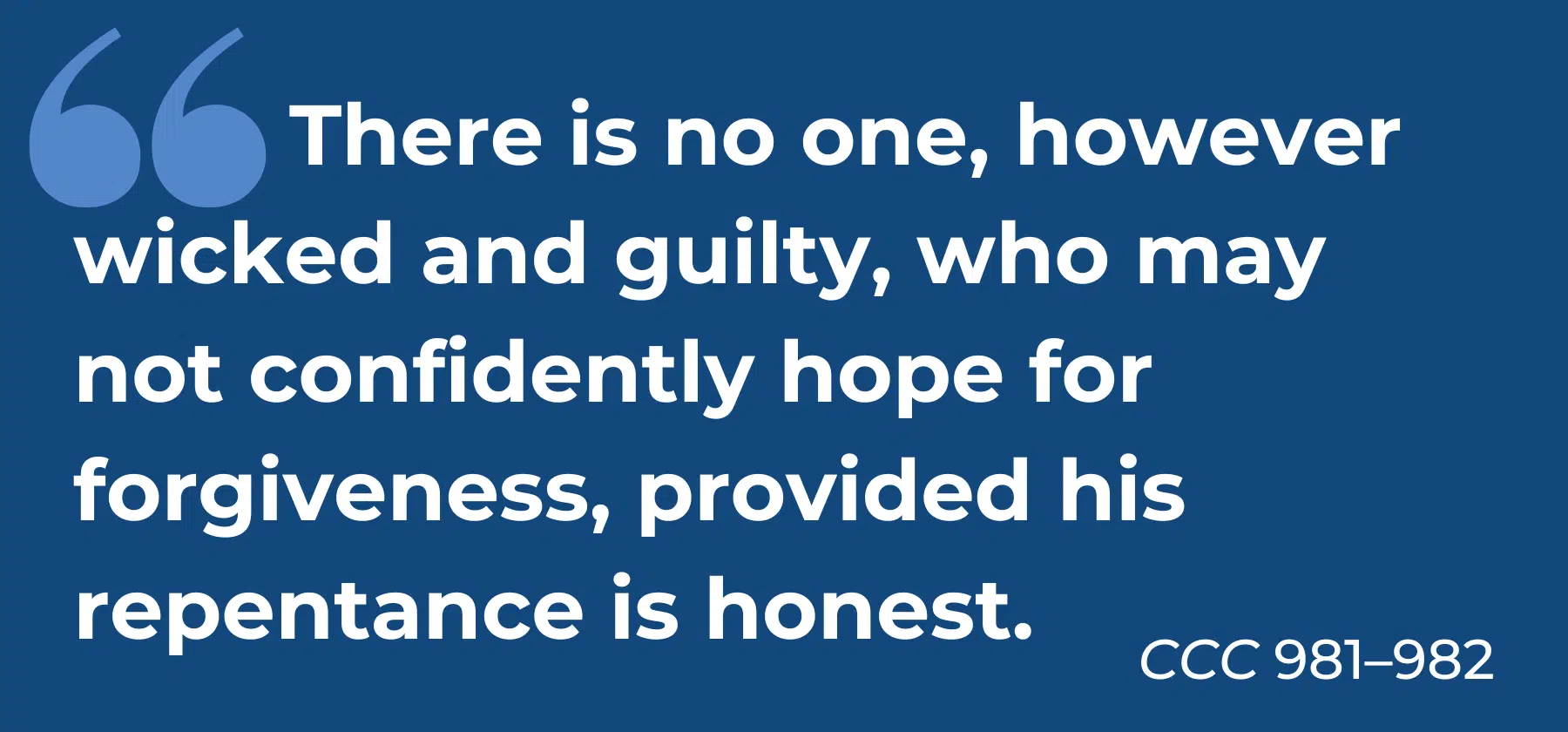
As the USCCB beautifully puts it: “God has provided the solution to this misery and asks us to be catalysts to the solution. It is to believe in one’s heart what Jesus has repeatedly said and shown – “I am love and mercy itself…Let no soul fear to draw near to me, even though its sins be as scarlet.”9 “I do not want to punish aching mankind, but I desire to heal it, pressing it to My merciful heart.”10 “The greater the misery of a soul, the greater its right to My mercy.”11
One need only to look at Sacred Scripture to see how lovingly Jesus receives sinners. He was friends with Mary Magdalene, a prostitute, and she was the first recorded disciple to see the Resurrected Christ. He went out of His way to meet the Samaritan woman, who culturally should have been His enemy. She had five husbands and was an outcast for living with a man who was not her husband. But Jesus loved her. And Jesus assures in Luke 15:7 that “there will be more joy in heaven over one sinner who repents than over ninety-nine righteous people who have no need of repentance.”
Be not afraid of God’s great love for you and His readiness to receive you back into His friendship!
Conclusion: When Does Life Begin?
Most pro-abortionists tie themselves into knots when asked when personhood begins. Some say at birth; some say at quickening (or when the mother first feels the child moving in her womb); still others say, “when the mother accepts the life that is growing within her.”
But science shows us that life begins at fertilization, and that the development of the human person from fertilization until death is an unbroken continuum. There is no single point at which we can say “the unborn child is now a living human person, where it was not a living human person one minute ago.” At the moment of conception, when sperm meets the egg, a unique molecular composition is formed. This composition is distinct from both mother and father. Already, gender, hair color, facial features, and blood type are among the characteristics that are determined at conception.
Indeed, the American College of Pediatricians admits that they concur “…with the body of scientific evidence that corroborates that a unique human life starts when the sperm and egg bind to each other in a process of fusion of their respective membranes and a single hybrid cell called a zygote, or one-cell embryo, is created.”
We have seen, however, that there is simply no debate among honest, informed people – both pro-life and “pro-choice” – that abortion kills human beings.
This article was originally published in April 2017 by Dr. Brian Clowes and was most recently updated in August 2024 by Marisa Cantu, M.S.
Related:
- Products that Use Aborted Fetuses
- Fetal Pain Is a Reason to End Abortion
- Shouldn’t Women Be Able to Control Their Own Bodies?
- When Does a Fetus Have a Heartbeat?
+ Endnotes
[1] “Let’s Tell the Truth About Abortion.” 22-page pamphlet distributed by Rocky Mountain Planned Parenthood in 1985 [Fight Back Press, Post Office Box 61421, Denver, Colorado 80206].
[2] Some examples: “A zygote is the beginning of a new human being (i.e., an embryo)” [Keith L. Moore. The Developing Human: Clinically Oriented Embryology [Philadelphia: Saunders], 2003 (7th Edition), page 16:2; “Development begins with fertilization, the process by which the male gamete, the sperm, and the female gamete, the oocyte, unite to give rise to a zygote” [T.W. Sadler. Langman’s Medical Embryology Philadelphia: Lippincott Williams & Wilkins], 2006 (10th Edition), page 11; “[The zygote], formed by the union of an oocyte and a sperm, is the beginning of a new human being” Keith L. Moore. Before We Are Born: Essentials of Embryology [Philadelphia: Saunders], 2008, page 2.
[3] Garrett Hardin, professor of biology at the University of California at Santa Barbara, Redbook Magazine, May 1967. Also quoted on page 101 of Ruth Barnett. They Weep On My Doorstep. Beaverton, Oregon: Halo Publishers, 1969.
[4] Faye Wattleton. “Speaking Frankly.” Magazine, May/June 1997, page 67.
[5] Ann Furedi, head of the British Pregnancy Advisory Service (BPAS), quoted in Hilary White. “‘Abortion is Genocide’: UK Pro-Lifers Defend Scottish Bishop’s Holocaust Comparison.” LifeSite Daily News, September 25, 2012.
[6] Peter Singer. Practical Ethics [Cambridge: Cambridge University Press] (2nd Edition), 2008, pages 85 and 86.
[7] Karl Binding and Alfred Hoche. Die Freigabe der Vernichtung Lebensunwerten Lebens (“The Permission to Destroy Life Unworthy of Life”), 1920.
[8] Professors Alberto Giubilini of Milan, Italy, and Francesca Minerva of Australia, quoted in Warner T. Huston. “Professors: Babies Don’t Know They’re Killed in Abortions.” com, May 7, 2012.
[9] Diary of St. Faustina Kowalska: Divine Mercy in My Soul (Stockbridge, MA: Marian Press, 1987), no. 699.
[10] Diary, no. 1588.
[11] Diary, no. 1182.




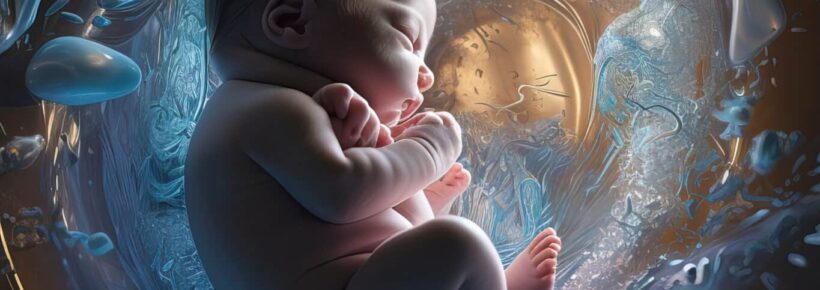
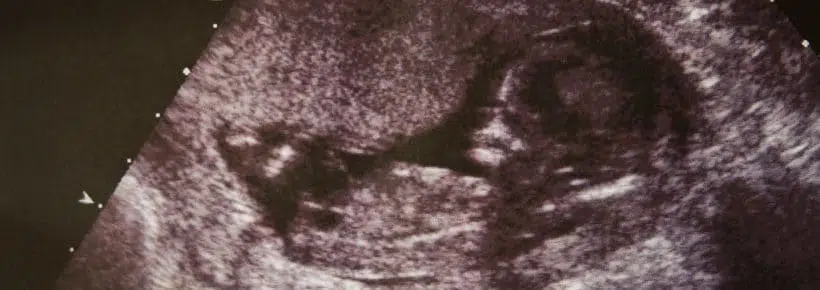


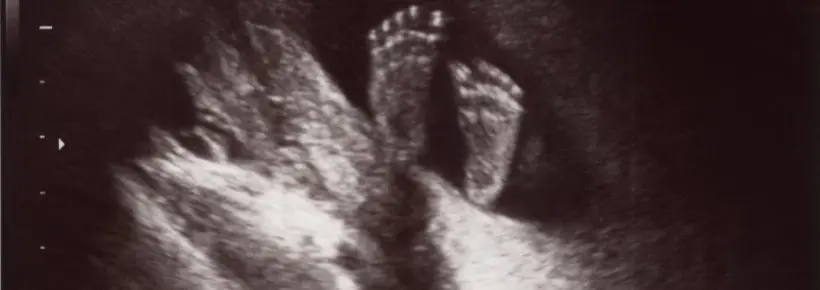

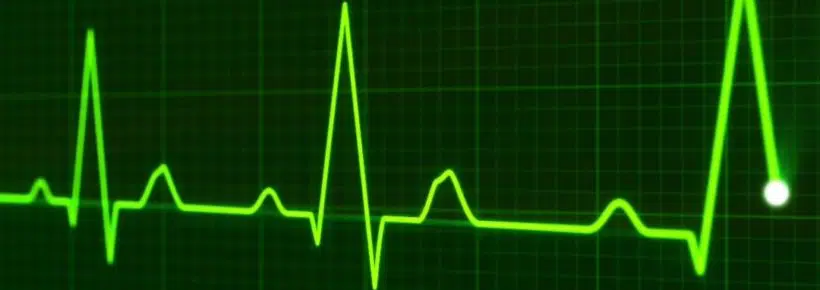


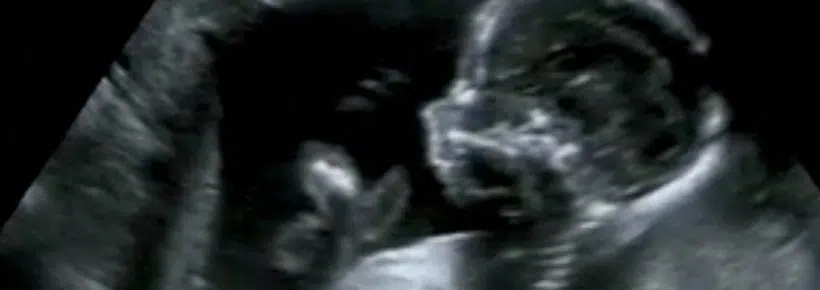
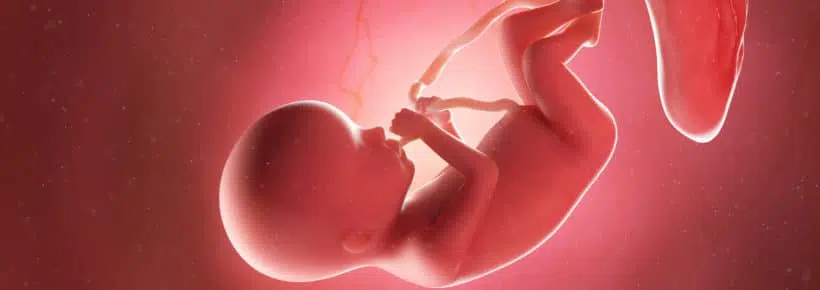

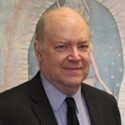
Thank you so much for this article it is so informative and helpful! God is using you guys to spread truth and life!